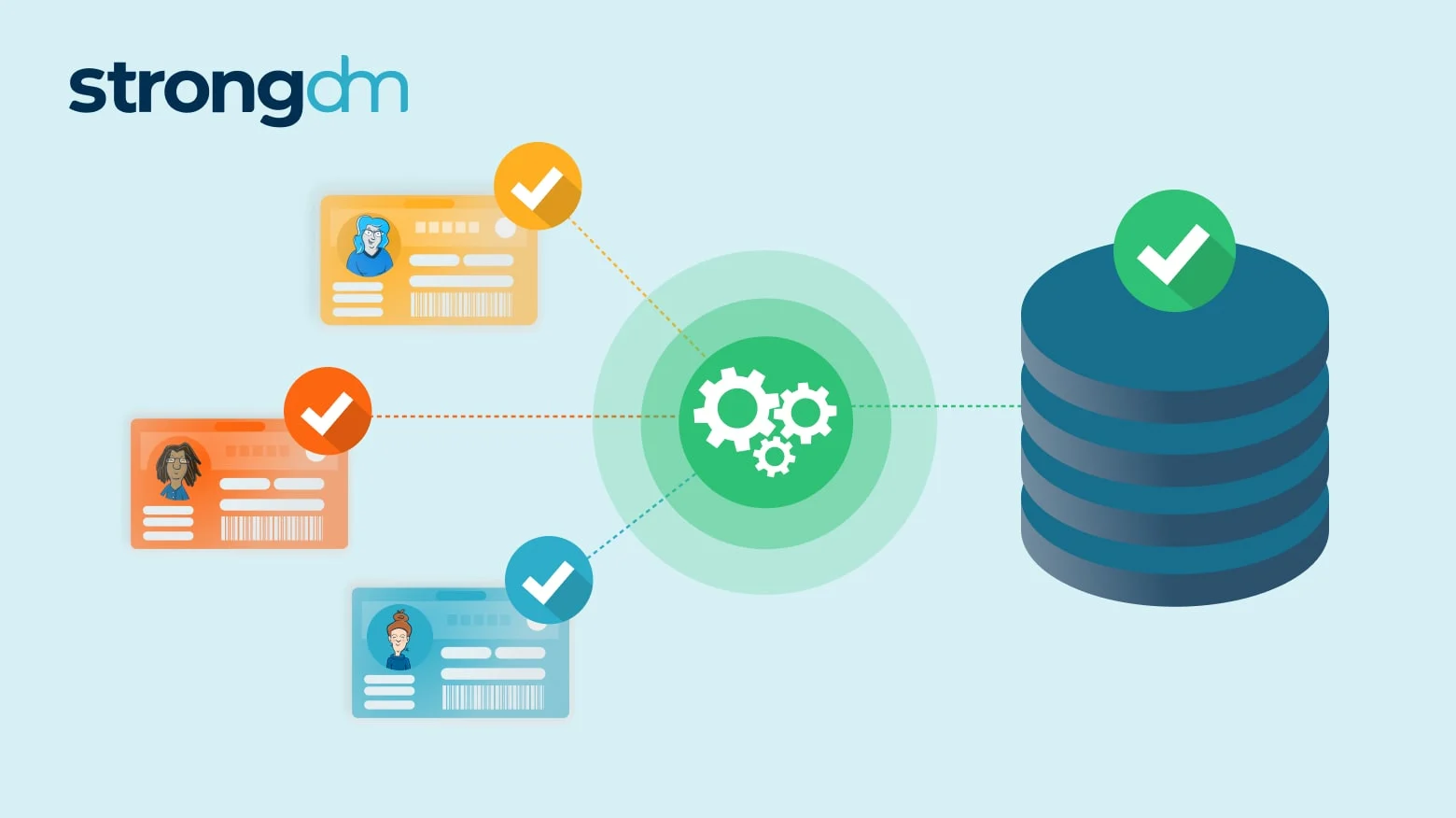

Written by
Schuyler BrownLast updated on:
June 27, 2025Reading time:
Contents
Built for Security. Loved by Devs.
- Free Trial — No Credit Card Needed
- Full Access to All Features
- Trusted by the Fortune 100, early startups, and everyone in between
Summary: At any given moment, your network may be under attack. Are you prepared? Broken API authentication can expose your data and let hackers in. A data breach compromises an organization as well as its customers, destroying trust and losing customers. Don’t worry, though. The API security best practices in this article help you protect your network from malicious attacks.
What is API Security?
API security is any method or product that prevents the misuse of or an attack on APIs. This includes everything from authentication tools to user practices.
Developers rely on APIs to enable software and web-based applications to talk to each other. However, APIs can have vulnerabilities such as broken authentication or coding flaws. These vulnerabilities make APIs a target for hackers and put your crucial and sensitive data at risk.
What is an API?
An application programming interface, or API for short, is a program or protocol that lets two or more programs communicate with each other. For example, suppose a restaurant wants to display customer reviews on its website. A developer can use an API to connect to Yelp, a third-party application, and display Yelp’s review data on the restaurant’s site.
Not only are APIs powerful programming tools, but they also simplify development. However, they are also vulnerable to hacking. Vulnerabilities like broken authentication, improper security, and excessive data exposure are just a few ways hackers can exploit APIs. With many API developers and few API security standards, the possibilities for vulnerabilities are endless.
Importance of API Security
As organizations use APIs to move more data over public networks and between clients and servers, data becomes more vulnerable to hackers. Without adequate security protocols in place, these cybercriminals can use APIs to gain access to personal data, financial transactions, and other sensitive information.
Data breaches put both users and clients at risk. Exposed or stolen data lowers customer trust and leads to lost revenue, as well as legal action and fines.
“Unprotected APIs are rapidly becoming one of the primary sources of disastrous data breaches.”
- Ilia Kolochenko, founder of ImmuniWeb (Source: SC Media)
In 2022 companies lost an estimated $4.35 million per data breach. Some of the largest data breaches in 2022 hit household names like Twitter, Neopets, and DoorDash, as well as the Los Angeles Unified School District and the Costa Rican government.
It doesn’t matter who you are: data breaches can hit anyone.
API Security Risks
Along with the obvious data risk, compromised APIs can downgrade your network performance from distributed denial-of-service (DDoS) attacks. A slower network means lost employee productivity, increased customer service issues, and potential revenue loss.
Some API security risks that increase vulnerability include:
- Encryption Flaws—improper encryption gives hackers an easy way to intercept data.
- Broken Authentication—hackers gain access by exploiting authentication flaws or compromising authentication tokens.
- Inadequate Logging and Monitoring—the longer it takes to notice a breach, the more damage is done.
- Improper Asset Management—out-of-date code and deprecated APIs compromise network security.
- Misconfigured Security—don’t rely on default security configurations, and don’t add sensitive data to your error messages.
11 API Security Best Practices
APIs are here for the long haul. Plan ahead to keep your system safe with these API security best practices.
Best Practice #1: Identify Vulnerabilities
Know in advance your system’s vulnerable spots and weak points, as well as your API lifecycle. Older APIs should be maintained and eventually removed.
Best Practice #2: Set up Authentication
Use a secure, up-to-date authorization framework such as OAuth, which requires token authentication on either side of a communication.
Best Practice #3: Encrypt Your Data
Encrypt data at the source before sending, so the recipient must use the proper decryption key to decipher it.
Best Practice #4: Create a Gateway
A gateway sits between the client and the services and authenticates traffic as it passes through, adding another layer of control.
Best Practice #5: Establish a Zero Trust Environment
Assume all traffic, in or out of the network, can’t be trusted. Require authentication from every person who attempts to access the network, from administration to C-suite.
Best Practice #6: Control Access
Share only the data that is absolutely necessary and limit access to only the users that need it.
Best Practice #7: Set Limits
Limit how many times a user or app can make an API call over a specified time period. Overuse is evidence that an attack might be underway.
Best Practice #8: Conduct Risk Assessments
This preventative measure evaluates possible risks so you can implement API threat protection steps and stop attacks before they happen.
Best Practice #9: Prioritize Testing
Regularly scheduled, consistent testing should include validation, functional, performance, and regression tests to ensure your integrations remain locked down.
API Security Checklist
These API security solutions may seem extensive, but securing APIs is achievable when you know what to do and when to do it.
Use this API security checklist as a guideline for your strategy:
- Discover and inventory your APIs: You can only protect what you know about.
- Assess your risks and vulnerabilities: You can’t eliminate all weaknesses, but you can know where attacks will likely occur.
- Implement secure access control and authentication: Lock down who can access what data to keep your information secure.
- Execute regular logging and testing: Know what’s happening on your network and keep looking for new vulnerabilities.
- Establish an incident response plan: Outline what you’ll do when, not if, you have a data breach.
Check out this resource for more steps you can take right now: 4 Things You Can Start Today to Improve Your API Security.
How StrongDM Simplifies API Security
Cyber attacks aren’t going away anytime soon. And neither are APIs. At some point, your network will be at risk of attack. Use the information in this article to protect your data.
Looking for a comprehensive platform to address API security? StrongDM keeps your data safe with a single, secure IAM solution. Simplify and automate access with a platform that eliminates point solutions, covers all protocols, and gives you complete control over who can access your sensitive data.
Want to know how StrongDM can protect your data? Schedule your demo today.
Next Steps
StrongDM unifies access management across databases, servers, clusters, and more—for IT, security, and DevOps teams.
- Learn how StrongDM works
- Book a personalized demo
- Start your free StrongDM trial

Categories:

About the Author
Schuyler Brown, Chairman of the Board, began working with startups as one of the first employees at Cross Commerce Media. Since then, he has worked at the venture capital firms DFJ Gotham and High Peaks Venture Partners. He is also the host of Founders@Fail and author of Inc.com's "Failing Forward" column, where he interviews veteran entrepreneurs about the bumps, bruises, and reality of life in the startup trenches. His leadership philosophy: be humble enough to realize you don’t know everything and curious enough to want to learn more. He holds a B.A. and M.B.A. from Columbia University. To contact Schuyler, visit him on LinkedIn.
You May Also Like




